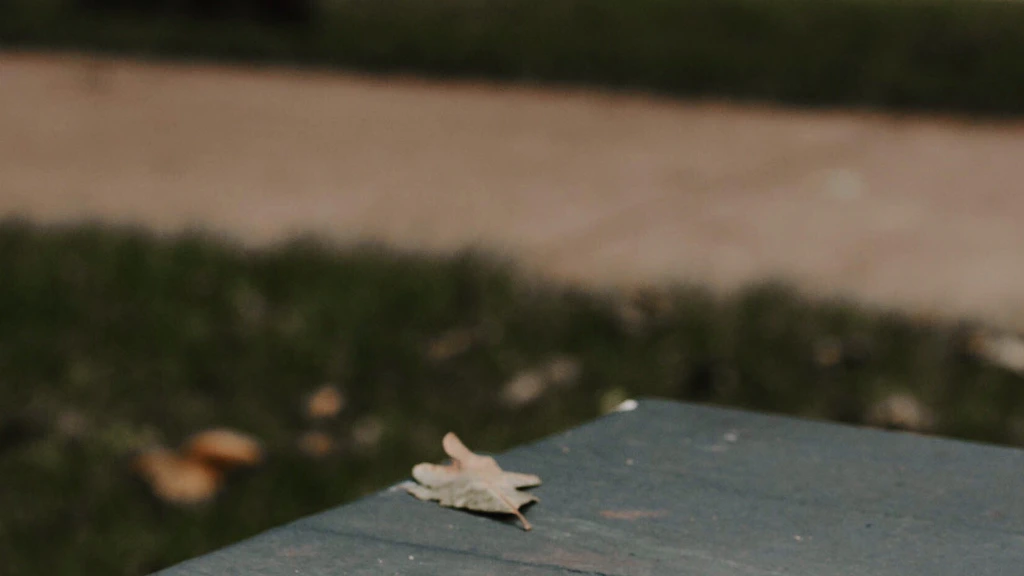Plagiarism is one of the most serious offenses in academia, potentially leading to damaged reputations, poor grades, or even expulsion. However, it’s not always intentional—many students struggle with understanding how to properly credit sources or paraphrase effectively.
This guide provides practical strategies for avoiding plagiarism, maintaining academic integrity, and ensuring your work remains original and credible.
1. Understand What Constitutes Plagiarism
To avoid plagiarism, it’s essential to know what it entails. Plagiarism isn’t limited to copying and pasting text—it includes:
- Direct Plagiarism: Copying text verbatim without attribution.
- Paraphrasing Without Citation: Rewriting someone else’s ideas without proper acknowledgment.
- Self-Plagiarism: Reusing your own work without permission or disclosure.
- Improper Citation: Failing to credit sources correctly.
Tip: When in doubt, always cite your source to err on the side of caution.
2. Use Proper Citation Practices
Accurate and consistent citation is the cornerstone of avoiding plagiarism. Learn the citation style required for your assignment, such as APA, MLA, or Chicago, and apply it correctly.
Best Practices for Citation:
- In-Text Citations: Always include a citation immediately after a direct quote or paraphrased idea.
- Reference List or Bibliography: Provide full details of all sources used at the end of your work.
- Double-Check Guidelines: Refer to official style guides or tools like Purdue OWL to ensure proper formatting.
Tip: Tools like Citation Machine and EasyBib can help generate accurate citations in seconds.
3. Learn How to Paraphrase Effectively
Paraphrasing involves rewording someone else’s ideas in your own words. It’s not enough to change a few words or rearrange sentences—you must fully reinterpret the content while preserving the original meaning.
How to Paraphrase Correctly:
- Understand the Source: Read the material thoroughly to grasp its meaning.
- Rewrite Completely: Use your own words and sentence structure.
- Cite the Source: Even paraphrased content requires proper citation.
Example:
- Original: “Social media has transformed how people communicate, but it has also introduced challenges such as misinformation and decreased face-to-face interactions.”
- Paraphrased: “While social media revolutionizes communication, it also brings issues like spreading false information and reducing personal interactions (Author, Year).”
4. Include Quotations When Necessary
If you want to use the exact words of a source, enclose the text in quotation marks and provide a citation. Quotes should be used sparingly and only when the wording is especially impactful or authoritative.
Example of Quotation:
- “Social media has transformed communication, offering both benefits and challenges” (Smith, 2020, p. 15).
Tip: Avoid overusing quotes—prioritize paraphrasing to demonstrate your understanding.
5. Keep Track of Your Sources
Keeping organized notes while researching helps prevent accidental plagiarism. Document each source’s details as you gather information, including author, title, publication date, and page numbers.
Tools for Source Management:
- Zotero and Mendeley: Manage references and generate citations.
- Google Docs or Spreadsheets: Track sources and key points manually.
Tip: Always note whether your research includes direct quotes or paraphrased ideas to avoid confusion later.
6. Use Plagiarism-Checking Tools
Online plagiarism checkers help identify unintentional similarities with published content. These tools are particularly useful for detecting overlooked citations or improper paraphrasing.
Popular Plagiarism Checkers:
- Turnitin: Widely used by institutions for academic submissions.
- Grammarly: Includes a plagiarism-checking feature with premium accounts.
- Quetext: An accessible tool for checking originality.
Tip: Even if you buy papers online, running them through a plagiarism checker ensures they meet originality standards.
7. Avoid Copying from “Common Knowledge” Without Understanding
Some information, like widely known facts or general knowledge, doesn’t require citation. However, determining what qualifies as common knowledge can be tricky.
Examples of Common Knowledge:
- “The Earth revolves around the Sun.”
- “World War II ended in 1945.”
Tip: If the information isn’t widely known or includes specific data or interpretations, cite it to be safe.
8. Beware of Reusing Old Work
Self-plagiarism occurs when you reuse parts of your previous work without proper acknowledgment or approval. Treat your past assignments as external sources—paraphrase and cite them if necessary.
Tip: Check with your instructor if reusing portions of your past work is allowed.
9. Plan Your Time Effectively
Rushed work increases the likelihood of plagiarism. Proper time management allows for thorough research, careful writing, and proper citation.
Strategies for Time Management:
- Start assignments early to avoid last-minute stress.
- Break tasks into manageable steps, such as researching, drafting, and revising.
- Allocate time for proofreading and running plagiarism checks.
Tip: If you’re overwhelmed, consider buying papers online for guidance, but always personalize and cite any material you use.
10. Educate Yourself About Plagiarism
Many institutions offer resources and workshops to help students understand plagiarism and proper citation practices. Taking advantage of these resources ensures you stay informed and confident in your academic work.
Tip: Visit your institution’s academic writing center or access online guides like Purdue OWL for additional support.
Conclusion: Prioritize Originality and Integrity
Avoiding plagiarism is about more than following rules—it’s about respecting intellectual property, contributing your own insights, and maintaining academic integrity. By mastering citation practices, paraphrasing effectively, and using plagiarism-checking tools, you can confidently produce original, high-quality work.
If you need help managing your workload, buying papers online from reputable services can provide inspiration and examples to guide your writing process. Just remember to customize and cite any external material you use.
Start applying these strategies today to ensure your work is plagiarism-free and reflective of your unique perspective!





